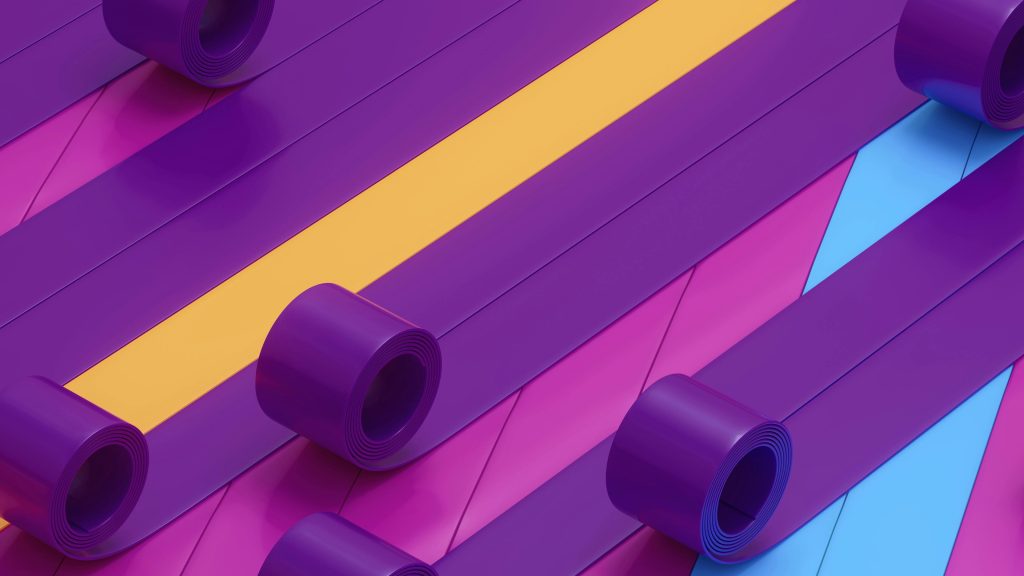Table of Contents
Animation is an art form that blends creativity with technology, bringing stories and characters to life through motion. With the rise of digital media, video games, and the entertainment industry, the demand for skilled animators has never been higher. Animation courses provide the essential training and knowledge needed to thrive in this dynamic field. This article explores the various aspects of animation courses, their benefits, and how they can pave the way for a successful career in animation.

Types of Animation Courses
Animation courses come in various formats and specializations, catering to different interests and career goals. Here are some of the most common types:
1. 2D Animation:
- 2D animation courses focus on creating motion in a two-dimensional space. These courses cover traditional hand-drawn techniques and digital tools like Adobe Animate and Toon Boom Harmony. Students learn the fundamentals of character design, storyboarding, and animation principles.
2. 3D Animation:
- 3D animation courses delve into creating animations in a three-dimensional space. Software like Autodesk Maya, Blender, and 3ds Max are commonly used. These courses teach modeling, rigging, texturing, lighting, and rendering, as well as animation techniques specific to 3D.
3. Motion Graphics:
- Motion graphics courses combine graphic design and animation to create animated visuals. These are widely used in advertising, marketing, and broadcast design. Software like Adobe After Effects is essential, and students learn about typography, visual effects, and compositing.
4. VFX (Visual Effects):
- VFX courses focus on creating realistic and fantastical visual effects for films, television, and games. Students learn about compositing, green screen techniques, particle effects, and integrating CGI with live-action footage using software like Nuke and Houdini.
5. Game Animation:
- Game animation courses teach the specific skills required for animating characters and objects in video games. This includes understanding game engines like Unity and Unreal Engine, as well as learning about motion capture and real-time rendering.

Benefits of Animation Courses
Enrolling in an animation course offers numerous benefits, providing both technical skills and creative inspiration.
1. Structured Learning:
- Animation courses provide a structured curriculum that covers essential topics and techniques systematically. This ensures that students gain a comprehensive understanding of the animation process.
2. Access to Industry-Standard Tools:
- Courses often provide access to industry-standard software and hardware, allowing students to become proficient with the tools they will use in their professional careers.
3. Expert Instruction:
- Experienced instructors, often professionals in the field, offer valuable insights and guidance. Their expertise helps students navigate the complexities of animation and develop a strong foundation.
4. Creative Collaboration:
- Animation courses foster a collaborative environment where students can work together on projects, exchange ideas, and learn from one another. This mirrors the teamwork required in professional animation studios.
5. Portfolio Development:
- A strong portfolio is crucial for landing a job in animation. Courses typically include project work that helps students build a diverse portfolio showcasing their skills and creativity.
6. Networking Opportunities:
- Many animation courses offer networking opportunities through industry events, guest lectures, and internships. These connections can be invaluable for launching a successful career.

Career Opportunities in Animation
Completing an animation course opens the door to various career paths in different industries.
1. Animator:
- Animators create motion and bring characters to life. They can work in 2D or 3D animation, in industries such as film, television, video games, and advertising.
2. Character Designer:
- Character designers create the look and personality of characters. They work closely with animators and directors to ensure characters are visually appealing and suitable for the story.
3. Storyboard Artist:
- Storyboard artists plan and visualize the sequence of events in an animation or film. They create a series of drawings that outline the key scenes and actions.
4. Visual Effects Artist:
- VFX artists create realistic and imaginative effects that enhance live-action footage. They work in film, television, and advertising, using their skills to create explosions, weather effects, and other visual phenomena.
5. Game Animator:
- Game animators specialize in animating characters and objects in video games. They work closely with game developers to ensure animations are smooth and responsive to player actions.
6. Motion Graphics Designer:
- Motion graphics designers create animated graphics for various media, including television, film, and online platforms. They often work on title sequences, commercials, and explainer videos.
Conclusion
Animation courses are a gateway to a creative and fulfilling career in the animation industry. They provide the technical skills, creative inspiration, and industry connections needed to succeed in this dynamic field. Whether you’re interested in 2D or 3D animation, motion graphics, VFX, or game animation, there’s a course that can help you achieve your goals. By enrolling in an animation course, you take the first step towards bringing your creative visions to life and making a mark in the world of animation.